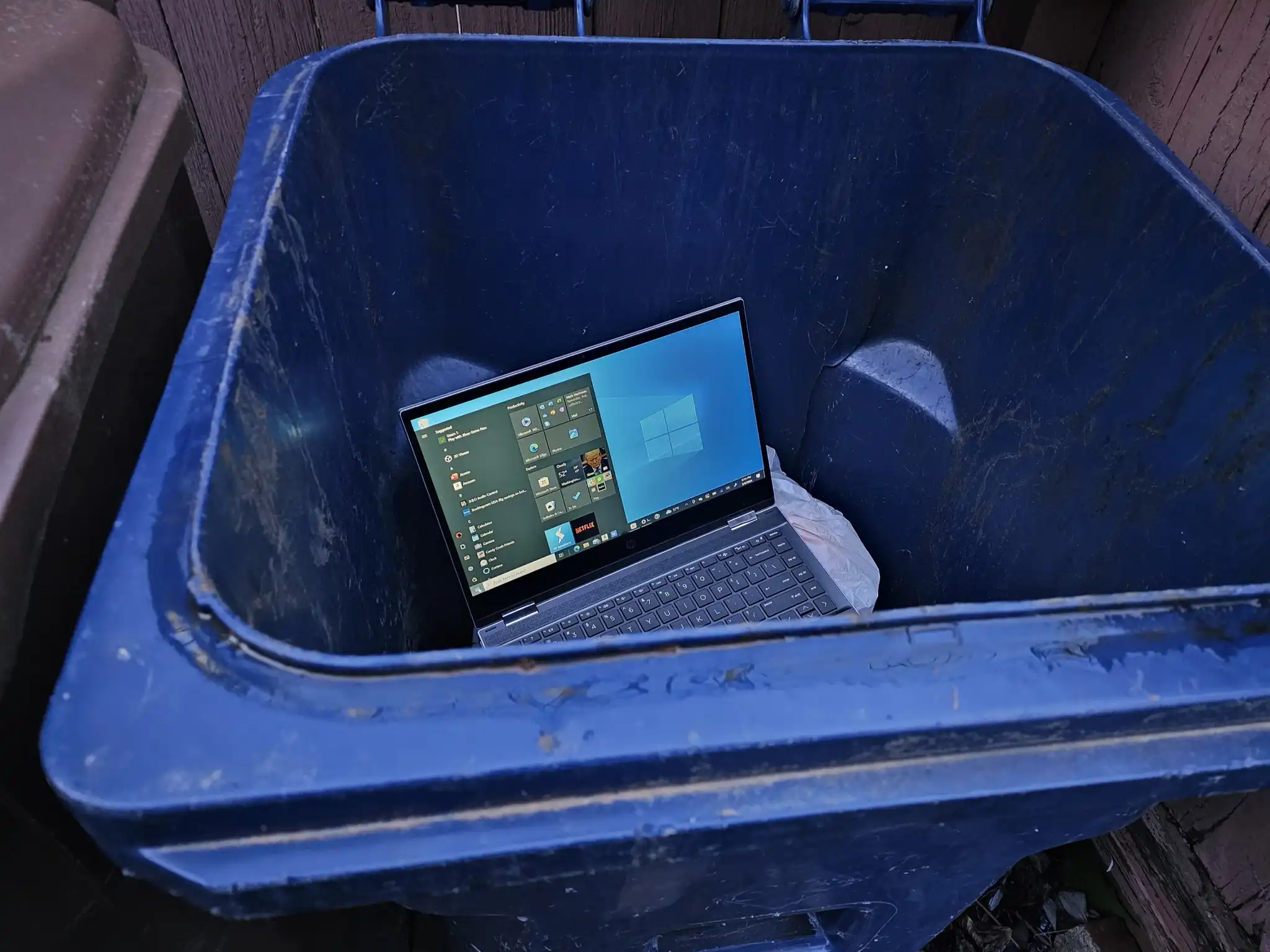
In an industry often fraught with ambiguous claims regarding speed and reliability, Comcast’s introduction of the “Xfinity 10G network” for its home internet service raised significant scrutiny. After prolonged disputes with industry bodies like the NCTA and the National Advertising Review Board (NARB), Comcast has finally relented, agreeing to abandon the potentially misleading label.
While technically alluding to the theoretical speeds achievable on a fiber optic broadband line, the “10G” designation in Xfinity 10G was perceived by many as a deliberate attempt to imply superiority over the existing 5G mobile wireless standard. Advertisements boasting of being “next generation” and featuring the moon landing alongside claims of accessing the network at the dentist only served to compound the confusion. Notably, Verizon and T-Mobile objected to Comcast’s marketing tactics, highlighting discrepancies between Comcast’s claims and the actual capabilities of their own 5G-based services. This dissent from competitors within the industry, rather than consumer backlash, spurred action against Comcast’s advertising practices.
As reported by Ars Technica, Comcast’s decision to relinquish the promotional label comes after a comprehensive review by the NARB. The board took issue not only with the misleading “10G” designation but also with Comcast’s advertising practices, particularly in areas where the touted 10 gigabit service was not actually accessible. Most customers within Comcast’s network lacked access to such high speeds without costly infrastructure upgrades to fiber optics.
Despite agreeing to drop the “10G” label, Comcast maintains that it may continue to use the term for the subset of Xfinity users capable of accessing the faster service tier. However, it’s worth noting the irony highlighted by Alaina Yee: the theoretical maximum speed of 10 gigabits falls short of the 20 gigabits touted by 5G wireless technology, albeit under ideal conditions unlikely to be replicated in real-world usage scenarios.




